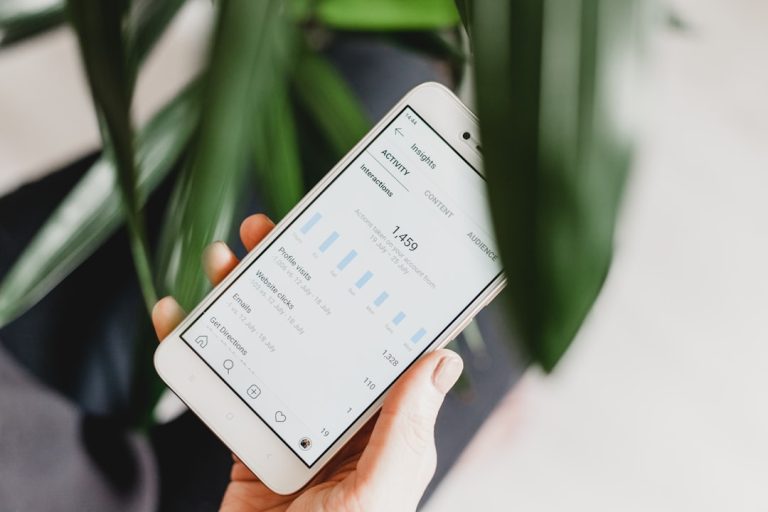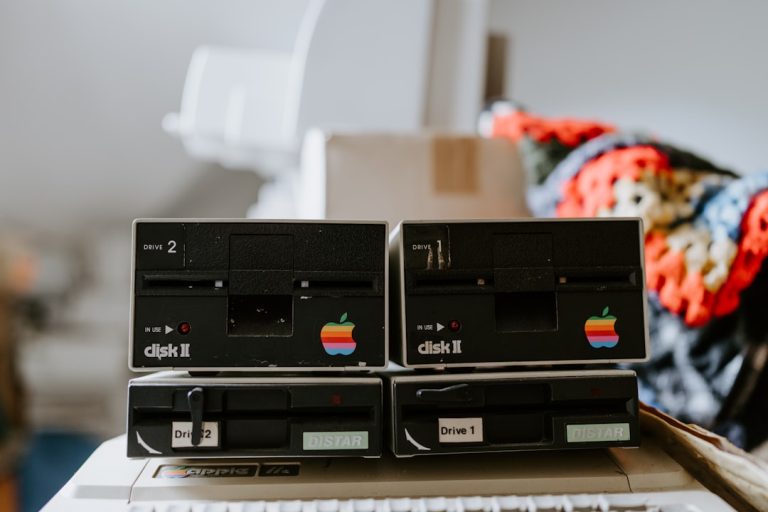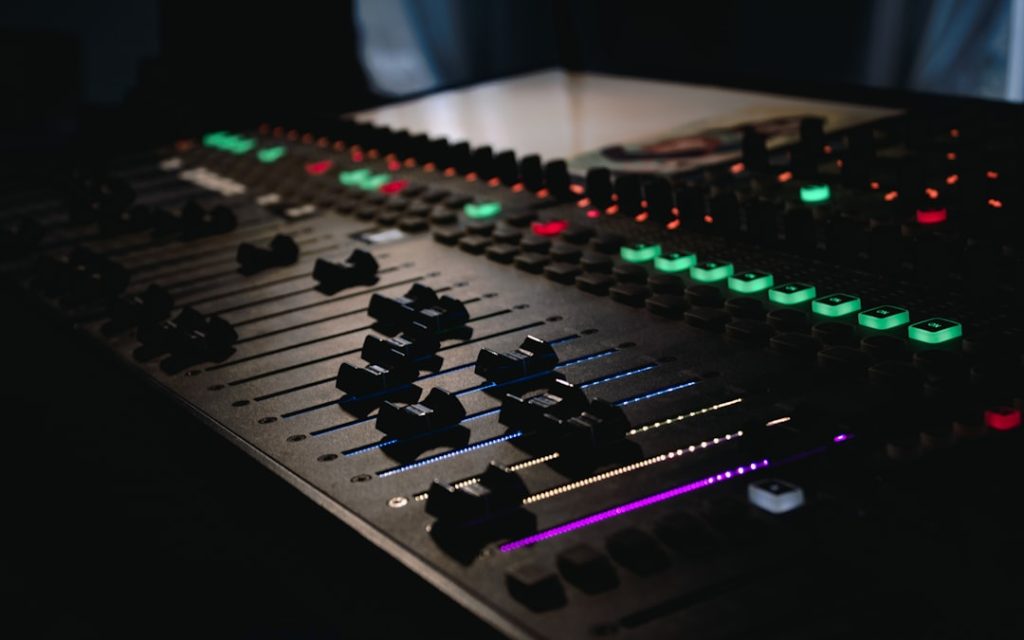
Digital audio recording is a process that transforms sound waves into a digital format, allowing for manipulation, storage, and playback on various devices. At its core, this technology relies on the principles of sampling and quantization. Sampling involves capturing sound at discrete intervals, while quantization refers to the process of converting these samples into numerical values that can be processed by computers.
The quality of a digital audio recording is often determined by the sample rate and bit depth. A higher sample rate captures more detail in the sound wave, while greater bit depth allows for a wider dynamic range, resulting in a more nuanced audio experience. Understanding the digital audio recording process also involves familiarizing oneself with the various formats used to store audio data.
Common formats include WAV, AIFF, and MP3, each with its own advantages and disadvantages. For instance, WAV files are uncompressed and retain high fidelity, making them ideal for professional recordings. In contrast, MP3 files are compressed, which reduces file size at the expense of some audio quality, making them more suitable for casual listening or streaming.
Additionally, the digital audio workstation (DAW) plays a crucial role in the recording process, serving as the software interface where users can record, edit, and mix audio tracks. Popular DAWs like Pro Tools, Ableton Live, and Logic Pro X offer a range of features that cater to different recording needs and preferences.
Key Takeaways
- Digital audio recording involves capturing and storing sound in a digital format using specialized equipment and software.
- When choosing equipment for digital audio recording, consider factors such as the type of recording (vocals, instruments, etc.), budget, and desired sound quality.
- Setting up a dedicated recording space with proper acoustics, soundproofing, and equipment placement is crucial for achieving high-quality recordings.
- Best practices for recording vocals and instruments include using the right microphones, setting proper levels, and creating a comfortable environment for the performers.
- Tips for mixing and editing digital audio recordings include using EQ and compression effectively, paying attention to levels and panning, and experimenting with different effects and techniques.
Choosing the Right Equipment for Digital Audio Recording
The Role of Audio Interfaces
The foundation of any recording setup typically begins with an audio interface, which serves as the bridge between microphones or instruments and the computer. Audio interfaces come in various configurations, with options for different input types, such as XLR for microphones or 1/4-inch jacks for instruments.
Choosing the Right Microphone
When choosing an audio interface, consider factors such as the number of inputs needed, the quality of the preamps, and compatibility with your chosen DAW. Microphones are another critical component in the recording chain. The choice of microphone can significantly impact the sound quality and character of the recording.
Microphone Types and Applications
Dynamic microphones are often favored for live performances due to their durability and ability to handle high sound pressure levels. Conversely, condenser microphones are more sensitive and capture a broader frequency range, making them ideal for studio recordings of vocals and acoustic instruments. Additionally, specialized microphones like ribbon mics or lavalier mics can be employed for specific applications, further enhancing the versatility of your recording setup.
Setting Up Your Digital Audio Recording Space
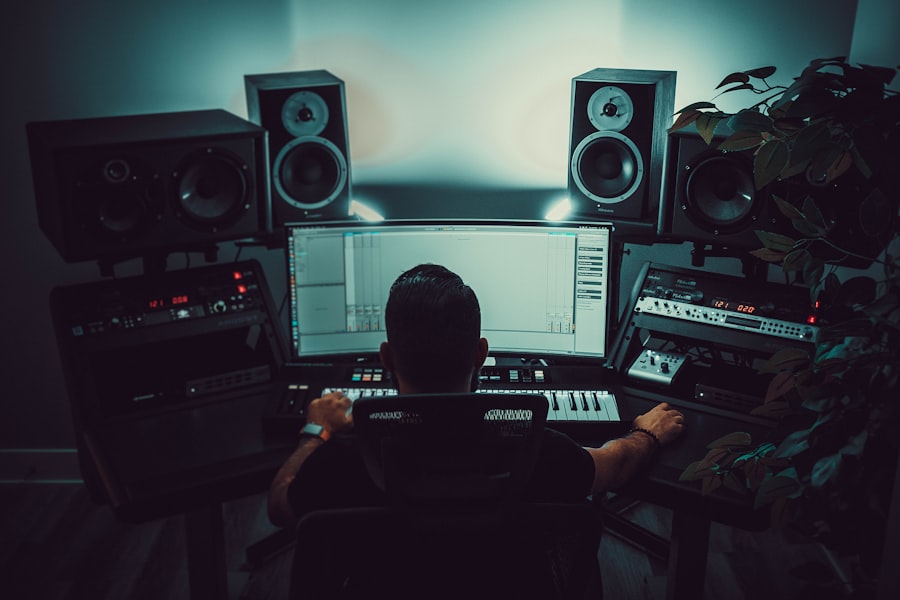
Creating an optimal recording environment is vital for capturing high-quality audio. The acoustics of your recording space can greatly influence the final product. Ideally, a dedicated room should be free from excessive noise and echo.
To achieve this, consider using acoustic treatment materials such as foam panels, bass traps, and diffusers to control sound reflections and minimize unwanted reverberation. Positioning your recording equipment away from walls and corners can also help reduce standing waves that may color the sound. In addition to acoustic treatment, proper organization of your recording space can enhance workflow efficiency.
Ensure that your equipment is easily accessible and that cables are neatly arranged to prevent tangling or interference. A comfortable chair and an ergonomic desk setup can also contribute to a more productive recording session. Lighting plays a role as well; soft, adjustable lighting can create a conducive atmosphere for creativity while reducing eye strain during long sessions.
Best Practices for Recording Vocals and Instruments
| Best Practices | Details |
|---|---|
| Microphone Placement | Position the microphone at the optimal distance and angle for the best sound capture. |
| Room Acoustics | Choose a room with good acoustics to minimize unwanted reflections and reverberations. |
| Preamp Settings | Adjust the preamp settings to achieve the desired level of gain without introducing noise. |
| Instrument Tuning | Ensure that instruments are properly tuned before recording to maintain pitch accuracy. |
| Performance Quality | Encourage the best performance from the vocalist or instrumentalist to capture the desired emotion and expression. |
When it comes to recording vocals, several best practices can help achieve professional-sounding results. First and foremost, it’s essential to ensure that the vocalist is comfortable and relaxed in the recording environment. This can be facilitated by providing water, allowing breaks as needed, and creating a supportive atmosphere.
Additionally, using a pop filter can help reduce plosive sounds caused by hard consonants like “p” and “b,” which can lead to unwanted distortion in recordings. For instrument recordings, mic placement is crucial in capturing the desired sound. For example, when recording an acoustic guitar, placing a condenser microphone about 12 inches from the sound hole can yield a warm tone while avoiding excessive bass buildup.
Experimenting with different mic positions can reveal unique tonal qualities that enhance the overall mix. Furthermore, utilizing direct inputs (DI) for electric instruments can provide a clean signal that can be processed later during mixing.
Tips for Mixing and Editing Digital Audio Recordings
Mixing is an art form that involves balancing various audio elements to create a cohesive final product. One fundamental aspect of mixing is equalization (EQ), which allows you to adjust the frequency balance of individual tracks.
Panning is another essential technique; distributing sounds across the stereo field creates depth and dimension in the mix. Editing plays a significant role in refining recordings before mixing begins. This process may involve removing unwanted noise or artifacts, aligning tracks for timing accuracy, and applying fades to prevent abrupt starts or stops in audio clips.
Utilizing tools like time-stretching or pitch correction can also enhance performances without compromising their natural feel. It’s important to maintain a balance between editing for perfection and preserving the organic qualities of the performance.
Mastering the Art of Digital Audio Recording
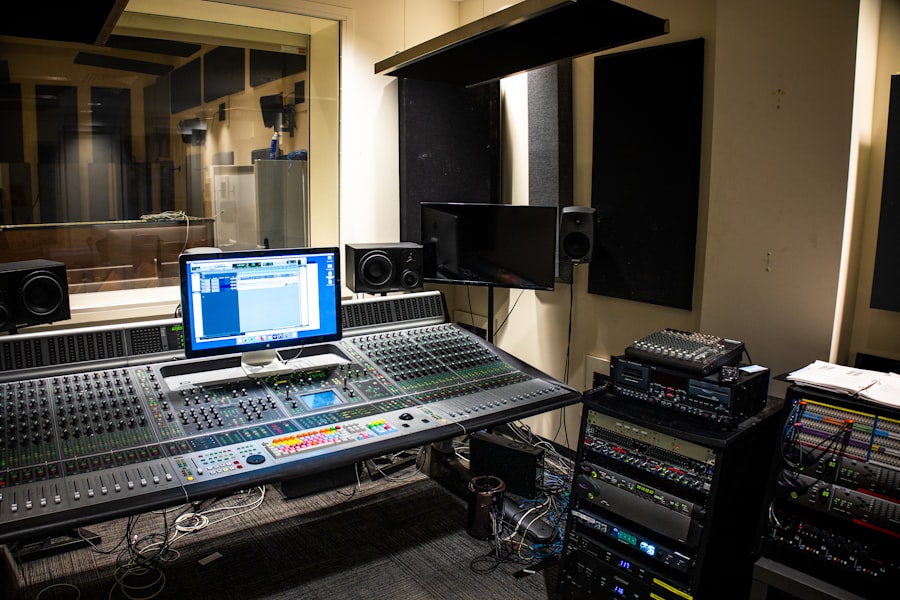
Loudness Management and Dynamic Range
Achieving consistent loudness levels throughout an album or project while maintaining dynamic range is crucial. This requires careful use of compression and limiting to prevent distortion while maximizing volume.
Tonal Balance and EQ Adjustments
Fine-tuning tonal balance through EQ adjustments ensures that no frequency range is overly pronounced or lacking in presence. This results in a well-balanced sound that translates well across different playback systems.
Stereo Widening and Distribution
The use of stereo widening techniques can enhance spatial characteristics without compromising mono compatibility—a crucial consideration for radio play or streaming platforms. Creating multiple versions of the mastered track, such as different formats or resolutions, ensures versatility for various distribution channels.
Troubleshooting Common Issues in Digital Audio Recording
Even experienced audio engineers encounter challenges during digital audio recording sessions. One common issue is latency, which refers to the delay between inputting a sound and hearing it through speakers or headphones. Latency can be minimized by adjusting buffer settings in your DAW or using direct monitoring features available on many audio interfaces.
Ensuring that your computer’s processing power is sufficient for your recording needs can also help mitigate latency problems. Another frequent challenge is dealing with unwanted background noise or interference during recordings. This could stem from electrical interference from nearby devices or ambient noise from outside sources.
Employing proper cable management techniques—such as using shielded cables—can reduce interference significantly. Additionally, utilizing noise gates during mixing can help eliminate unwanted sounds during quieter passages of music.
Staying Updated with Digital Audio Recording Technology and Trends
The landscape of digital audio recording is continually evolving with advancements in technology and shifts in industry trends. Staying informed about new developments is essential for any audio professional looking to maintain a competitive edge. Following industry publications, attending trade shows like NAMM or AES conventions, and participating in online forums can provide valuable insights into emerging technologies such as artificial intelligence in music production or advancements in virtual reality audio experiences.
Moreover, software updates often introduce new features that enhance workflow efficiency or expand creative possibilities within DAWs. Keeping abreast of these updates ensures that you are utilizing your tools to their fullest potential. Engaging with online communities dedicated to digital audio recording can also foster collaboration and knowledge sharing among peers, further enriching your understanding of this dynamic field.
For more information on digital audio recording, you may also be interested in reading the article “Hello World” on the Sersea Media blog. This article discusses the basics of getting started with digital audio recording and offers tips for beginners. You can check it out here.
FAQs
What is digital audio recording?
Digital audio recording is the process of capturing and storing sound in a digital format. This can be done using various devices such as computers, digital recorders, and smartphones.
What are the best practices for digital audio recording?
Some best practices for digital audio recording include using high-quality microphones, setting proper recording levels, minimizing background noise, and using a pop filter to reduce plosive sounds.
What are some tips for achieving high-quality digital audio recordings?
To achieve high-quality digital audio recordings, it is important to choose a quiet recording environment, use a high-quality audio interface, and consider the placement of microphones to capture the best sound.
What are some common mistakes to avoid in digital audio recording?
Common mistakes to avoid in digital audio recording include recording at too high of a level, using low-quality cables, and neglecting to monitor the recording for any potential issues.
What are some recommended tools and software for digital audio recording?
Some recommended tools and software for digital audio recording include digital audio workstations (DAWs) such as Pro Tools, Logic Pro, and Ableton Live, as well as high-quality microphones and audio interfaces.
